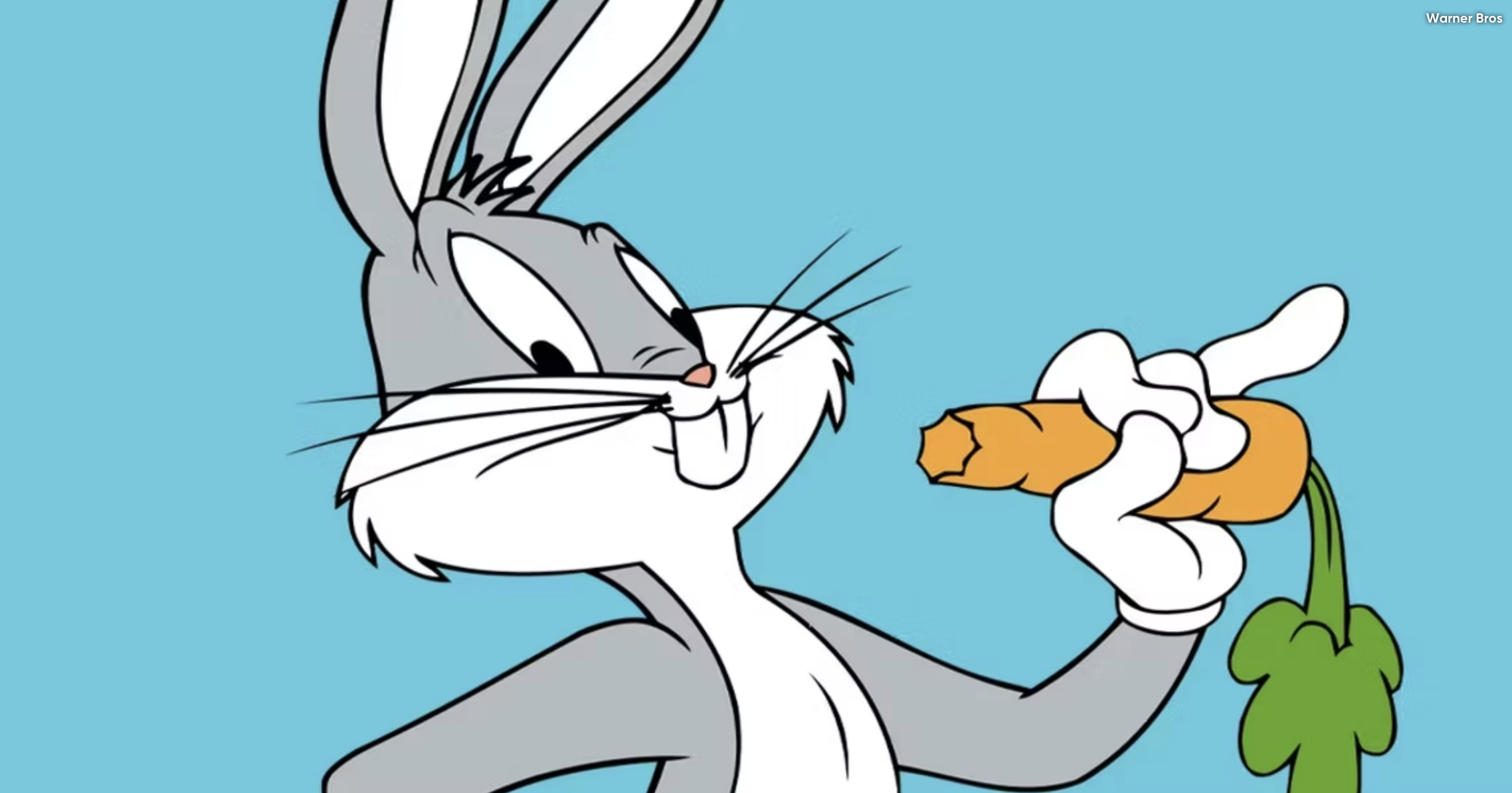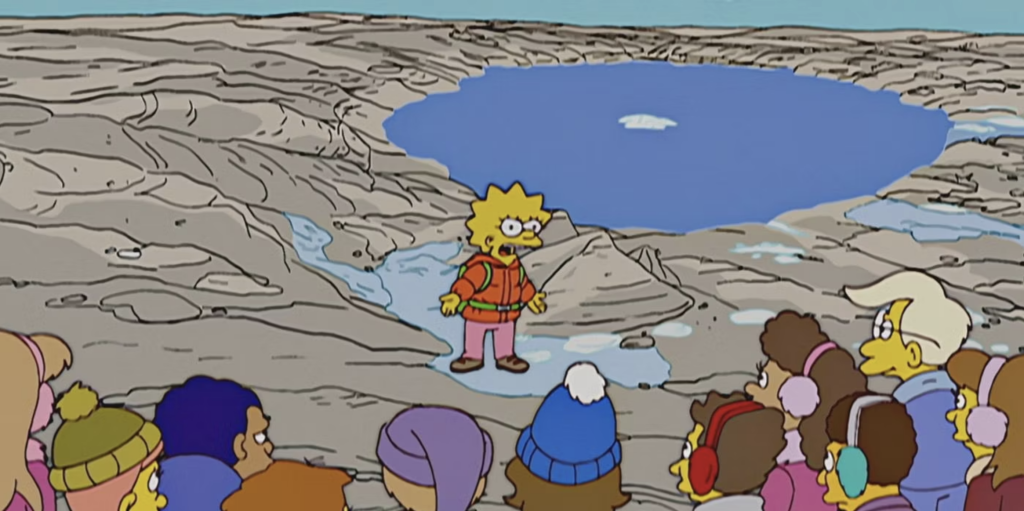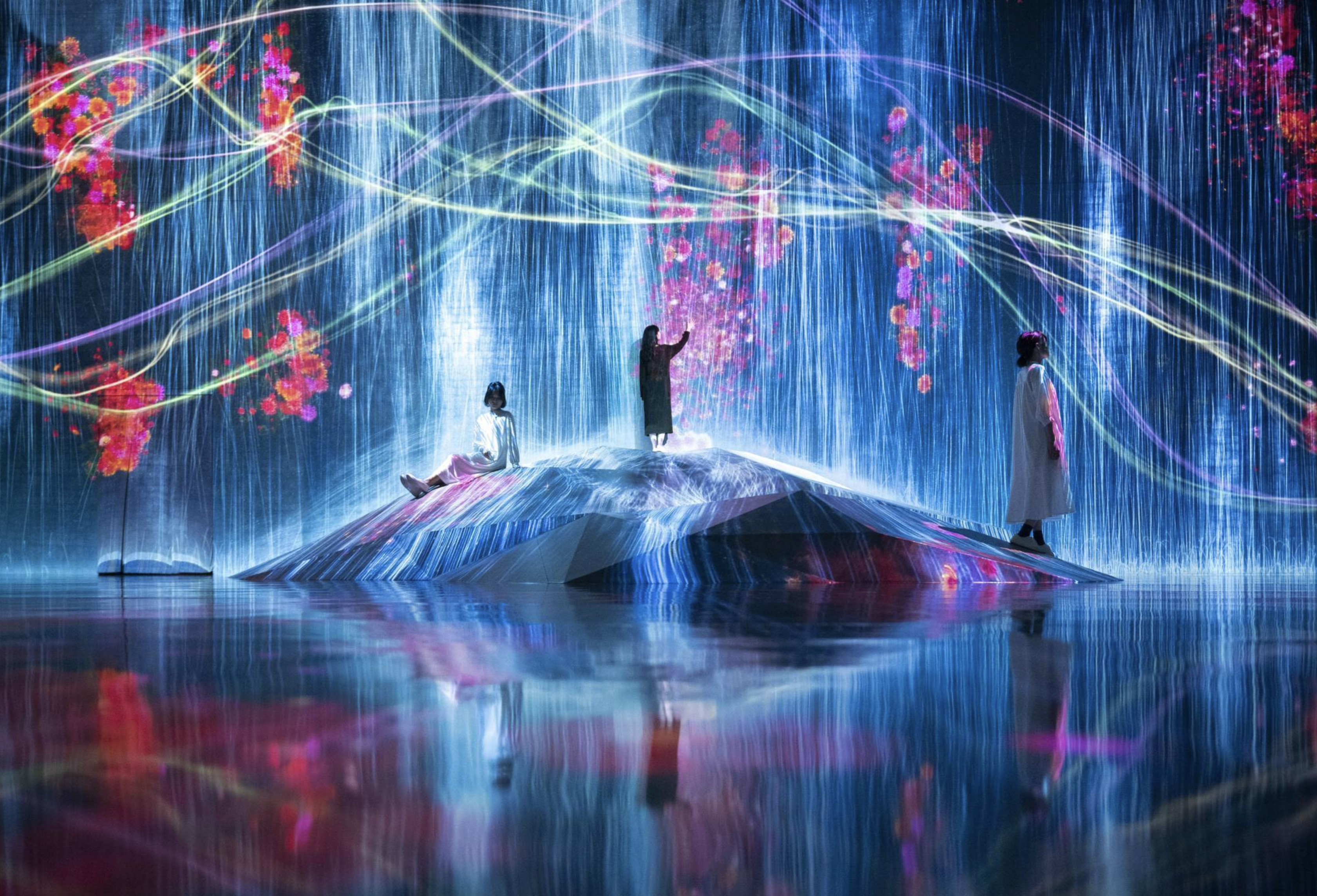The Joyful World of Animation
written by art historian & curator
In the colorful tapestry of entertainment, animation stands as a beacon of boundless creativity, enchanting audiences of all ages with its whimsical characters, fantastical worlds, and infectious humor. Among the throngs of fans eagerly embracing animated content, young people emerge as a particular audience, drawn to the medium’s ability to evoke laughter, spark imagination, and forge connections that transcend generations.
At the heart of this enduring affinity lies humor—an ever-present feature that infuses animated works with charm, wit, and irreverent playfulness. From the golden age of hand-drawn cartoons to the digital revolution of modern animation, humour has served as a guiding force, shaping narratives, defining characters, and captivating audiences with its universal appeal. For young viewers, animation is more than just entertainment; it’s a window into a world where the mundane meets the magical, and laughter reigns supreme.
Videos you may enjoy as well:
The relationship between young people and humor in animation is a display of feelings such as joy, nostalgia, and speaks a lot about cultural identity. Animated content serves as a cherished companion on the journey of youth, offering solace in moments of boredom, inspiration in moments of creativity, and companionship in moments of solitude. In the digital age, where screens have become windows to infinite realms of possibility, animation continues to captivate audiences with its ability to transport them to faraway lands, ignite their imaginations, and unite them in shared laughter.
Why Animation?
From the early days of animation to the digital age, people have been enthralled by the captivating allure of animated worlds. It’s a fascination that transcends time, rooted in the colourful characters, zany antics, and witty humor that come to life on screen. Animation, with its boundless imagination and limitless possibilities, has always held a special place in the hearts of the young. From the mischievous antics of Bugs Bunny to the whimsical adventures of SpongeBob SquarePants, animated characters have become cherished friends, guiding young viewers through fantastical realms of laughter and wonder. Despite being characters from different eras and styles of animation, Bugs Bunny and SpongeBob are two examples that feature intergenerational humor. Whether it’s Bugs Bunny’s clever wordplay or SpongeBob’s surreal antics and slapstick comedy, the humor in these cartoons appeals to a broad spectrum of audiences, from young children to adults.

The timeless nature of their humor ensures that new generations continue to discover and enjoy these beloved characters. Looney Tunes, Mickey Mouse, and Adventure Time are other examples of timeless heart-winning animations. Humor serves as the lifeblood of animation, infusing every frame with charm. Regardless if it is slapstick comedy, clever wordplay, or biting satire, humor in animation speaks about shared experiences, emotions, and absurdities of life, making it accessible and relatable to young people from diverse backgrounds and walks of life.
Social Commentary Wrapped in Laughter
The clever use of humor transforms animations into a medium to tackle complex issues, challenge societal norms, and provoke thought while still eliciting smiles from viewers. In this regard, animation serves as a potent vehicle for conveying meaningful messages in a palatable manner. One of the key strengths of animation as a tool for social commentary is its ability to bypass conventional boundaries and address sensitive topics with subtlety. Unlike live-action films or television shows, animated works have the freedom to explore controversial themes and viewpoints without the constraints of realism or censorship. This creative latitude allows animators to craft narratives that resonate with audiences on a deeper level, inviting them to reflect on the complexities of the world around them while still being entertained.

Take, for example, the iconic animated series ”The Simpsons”. Since its debut in 1989, ”The Simpsons” has been lauded for its sharp wit, irreverent humor, and biting satire—a winning formula that has earned it a dedicated fan base and critical acclaim. Through the lens of the dysfunctional yet lovable Simpson family, the show’s creators have tackled a wide range of social, political, and cultural issues, from environmental degradation and corporate greed to immigration and gun control. By presenting these topics in a humorous and exaggerated manner, ”The Simpsons” encourages viewers to think critically about the world they inhabit while providing much-needed comic relief in the process.
Similarly, ”South Park”, another animated series known for its unapologetic satire and boundary-pushing humor, has become synonymous with social commentary in the realm of animation. Since its premiere in 1997, ”South Park” has courted controversy with its fearless approach to tackling taboo subjects and lampooning political correctness. Through the antics of its foul-mouthed protagonists, Stan, Kyle, Eric, and Kenny, ”South Park” fearlessly skewers everything from religion and celebrity culture to current events and social trends. While its irreverent humor may shock and offend some viewers, ”South Park” has undeniably left an indelible mark on popular culture, challenging audiences to confront uncomfortable truths with a healthy dose of laughter.

Beyond television, animated films have also emerged as powerful vehicles for social commentary. Pixar, in particular, has received praise for its ability to weave profound themes into family-friendly stories that appeal to audiences of all ages. Films like ”WALL-E”, ”Inside Out”, and ”Zootopia” tackle issues such as environmentalism, mental health, and prejudice with sensitivity and empathy, using vibrant animation and lovable characters to convey their messages. By engaging both children and adults alike, these films spark important conversations about the world we live in while inspiring hope for a better future.
Animation in Contemporary Art
The creation of interactive installations and experiences that blur the boundaries between art and audience, invite participants to engage with artworks in playful and unconventional ways. These immersive environments harness the power of humor to captivate audiences, foster connection, and transform passive spectators into active participants in the artistic process. Contemporary artists harness the power of animation and laughter to explore themes of identity, memory, technology, and the human experience in innovative and thought-provoking ways.

TeamLab, a renowned Japanese art collective, stands at the forefront of exploring laughter in animation within their immersive digital installations. Through their innovative use of animation, projection mapping, and interactive technology, TeamLab creates mesmerizing environments that elicit joy, wonder, and laughter from viewers.
One of TeamLab’s signature artworks, ”Sketch Ocean” invites participants to unleash their creativity by drawing sea creatures on paper, which are then scanned and transformed into animated fish that swim and interact within a virtual ocean projected onto the walls. As viewers observe their drawings come to life, laughter ensues as they delight in the whimsical spectacle unfolding before them. The playful nature of this artwork encourages participants of all ages to engage with the artwork in a lighthearted and joyful manner, fostering a sense of connection and community as they share in the experience of creation and exploration.
Another notable example of TeamLab’s exploration of laughter in animation is their installation ”Floating Flower Garden”, where thousands of suspended flowers bloom and wither in response to the movements of visitors passing through the space. As viewers interact with the installation, laughter erupts as they marvel at the surreal beauty of the floral landscape and the unexpected delight of being enveloped in a sea of blossoms. Through their use of animation, TeamLab creates a sense of wonder and playfulness that transcends language and cultural barriers, inviting viewers to immerse themselves in a world of pure joy and enchantment.
As animation continues to evolve and adapt to the changing landscape of entertainment, one thing remains constant—the enduring connection between people, humor, and animated content. Whether through traditional television broadcasts, streaming platforms, or emerging technologies like virtual reality, animation will continue to captivate audiences, offering a gateway to worlds of laughter and endless possibilities. This bond is a testament to the enduring power of storytelling and the universal language of laughter.





Leave a Reply